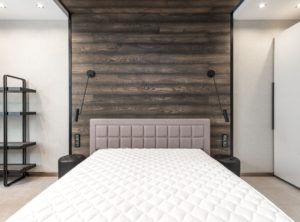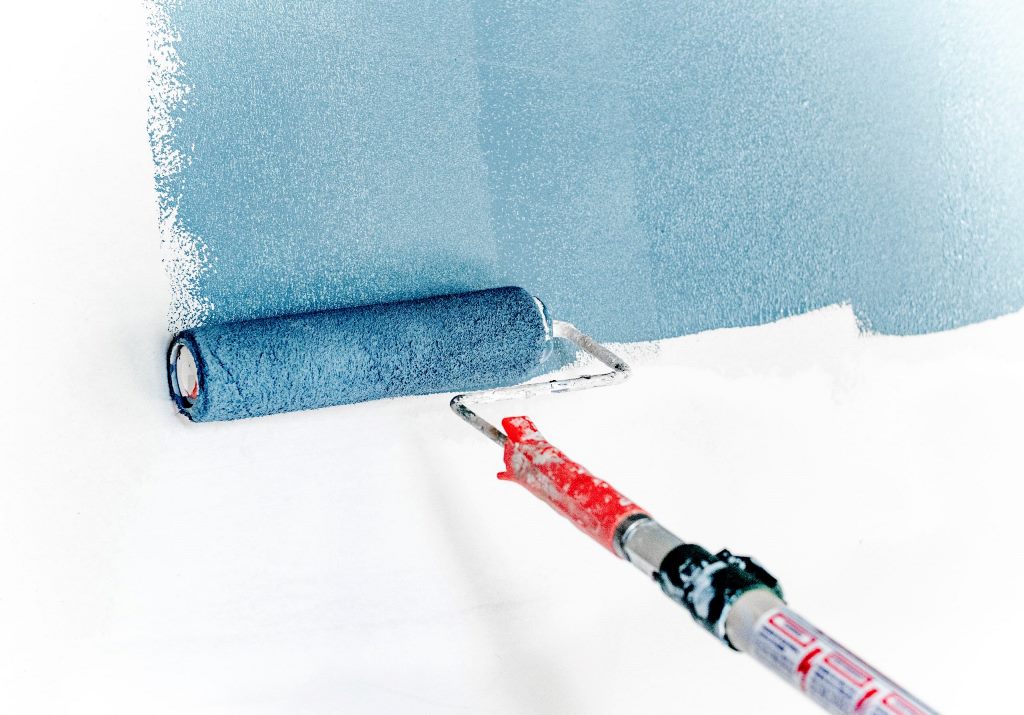
Paint odor is one of the biggest problems during renovations. It can be unpleasant but very dangerous: inhalation of vapors irritates mucous membranes and causes headaches, nausea, dizziness, and even loss of coordination. To prevent this, you need to know the quick and reliable ways to get rid of the paint smell.
Causes of Paint Smell
There are a few common causes of paint smell after renovation.
The most common is that the paint has not been sealed properly. This can allow moisture to seep into the paint, causing it to spoil and release a smell. Another common cause is that the paint has been applied over an old coat of paint, which can lead to fumes from the old paint being released and combined with the new paint. Finally, improper storage or preparation of the surface can also lead to a smell.
Home Remedies to Remove Paint Smell
There are a few home remedies that can be used to remove the paint smell from the air. One of the most common methods is to pour hydrogen peroxide into the area where the smell is strongest and leave it there for a few hours. This will break down the paint and remove any lingering smells.
1. Airing
The easiest and most obvious way to eliminate paint odors is to ventilate the room. This item is mandatory, and it is advisable to open the windows even before starting work with paints and varnishes: this way, the unpleasant aroma will not be so strong.
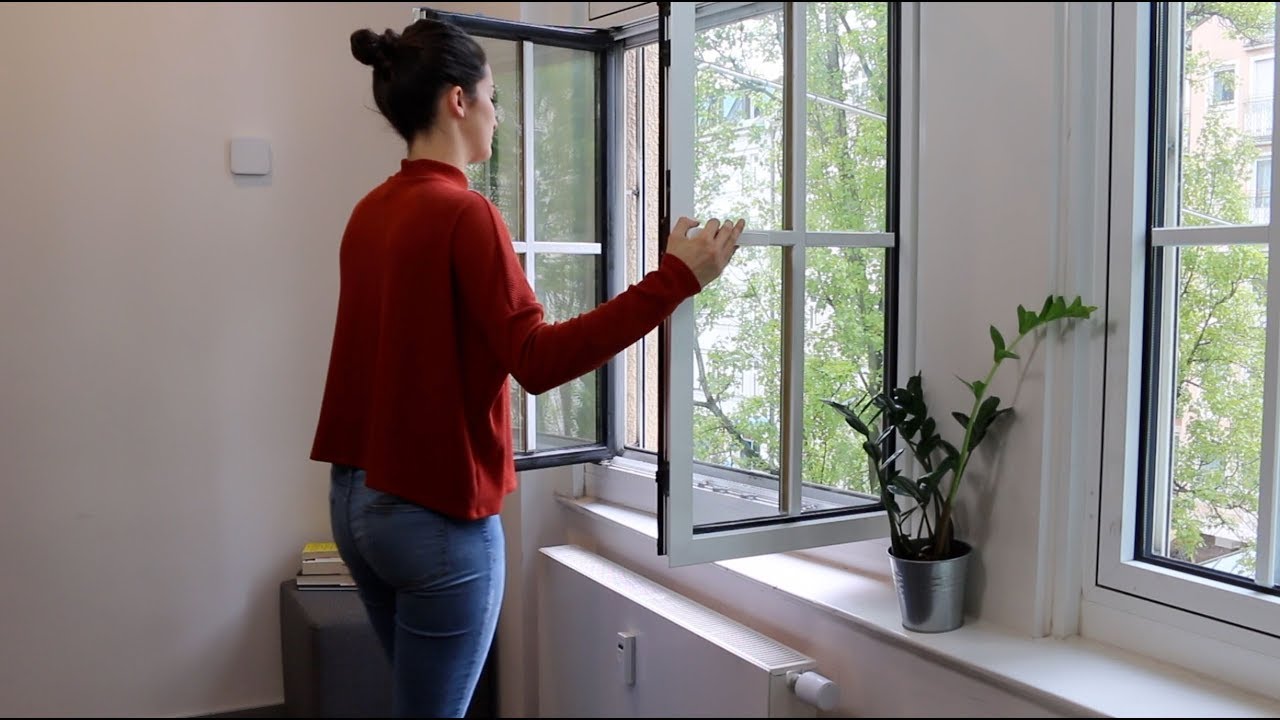
Airing will help to quickly get rid of the unpleasant odor only if the following conditions are met:
- Low humidity
- Warm weather
- High-quality ventilation
The first two points are responsible for the rapid drying of the coating and the evaporation of solvents (the main components are “smelly”). Finally, ventilation helps evacuate fumes from the room and replaces the paint scent with fresh air.
The windows are kept open for 12-24 hours (for water formulations), 2-3 days for oil formulations.
2. Air Humidification
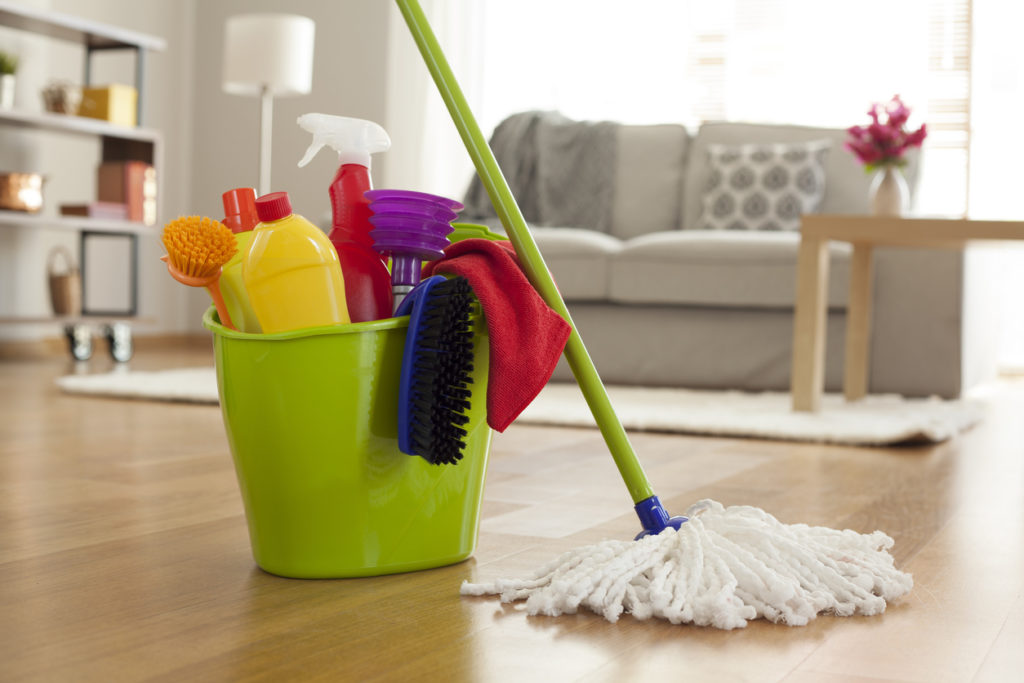
All tips on how to get rid of paint smell with water are based on the natural properties of this liquid. Water is an excellent absorbent that literally attracts smelling molecules from the air.
Containers with Water
The simplest remedy is vessels with wide necks (buckets, basins, pots) placed around the house, filled with water. Leave for 12-24 hours, then discard and replace the water. Most likely, the manipulation will have to be repeated a couple of times.
Wet Cloth
If there are children or animals in the house that can accidentally knock over the buckets, use wet textiles (sheets, towels, etc.) – they absorb odors as well as liquid. They should be spread out or hung around the room, from time to time moistened with water over a new one. After removing the unpleasant odor, wash the rags with a fabric softener.
Wet Cleaning
The last method from the category is no longer passive. Instead, it will require physical strength and time: it is considered more effective and faster than the previous ones.
Since the solvents in paints are volatile, they settle on all surfaces: floor, ceiling, and furniture during evaporation. And, of course, they remain on the painted walls. So washing off these molecules will automatically reduce the odor concentration.
General cleaning begins with wiping the cabinet furniture. To do this, make a solution of water with mustard, vinegar, or ammonia. Next, any of the additives are combined 1 tablespoon with 5 liters of pure water.
Curtains, blankets, pillows that were in the room must be washed. If there is a smell of upholstered furniture or carpet, call specialists who can neutralize the aroma without harming the products.
3. Coffee Beans

Coffee is a well-known natural sorbent that absorbs foreign odors and has a pleasant, invigorating aroma.
For work, take any cheap natural (preferable grain) coffee, grind it and sprinkle it on trays, plates, or any other flat surfaces in a thin layer. Next, place in a problem area, close the door, wait 16-20 hours (you can leave it overnight). During this time, coffee should not only absorb the paint but mask it.
4. Coal

The method with charcoal is the same as the previous one, only unlike coffee, charcoal does not smell, but it has excellent absorbent properties.
Coal is crushed, poured into trays, placed around the room. If necessary, the filler is changed to a fresh one every 12 hours; finally, the used coal is discarded.
5. Silica Gel Filler
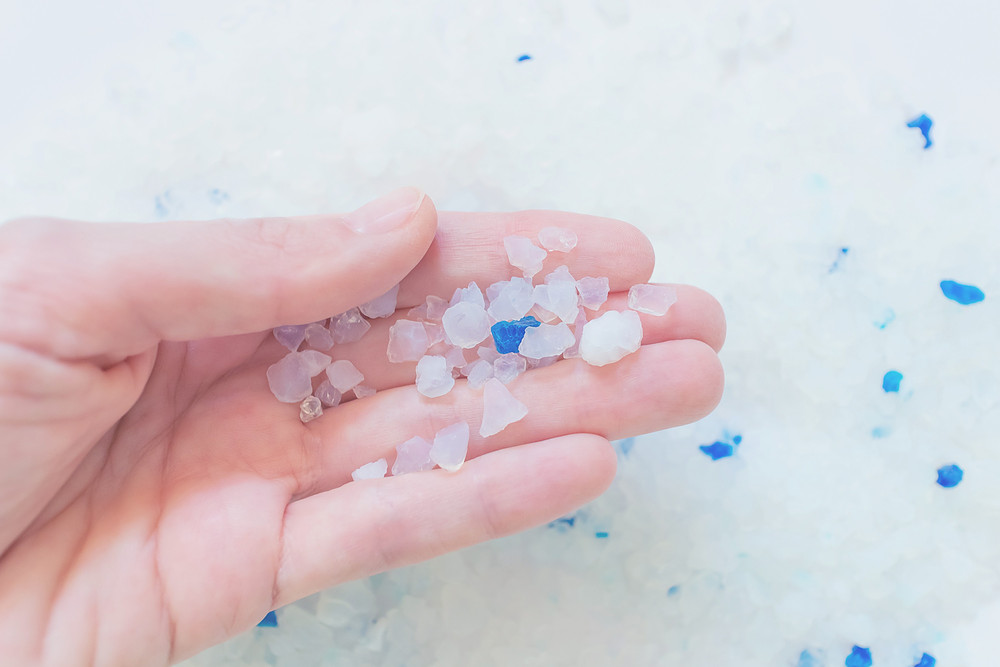
If a cat lives in the house, use silica gel litter for her litter box to remove paint odors. This is a proven liquidator of odors and excess moisture, so in this case, you can trust the professionals and not do anything yourself.
Just pour the pellets into trays, leave them indoors. The filler does not need to be changed or renewed – usually, one filling is enough to combat paint odor.
6. Odor Absorber
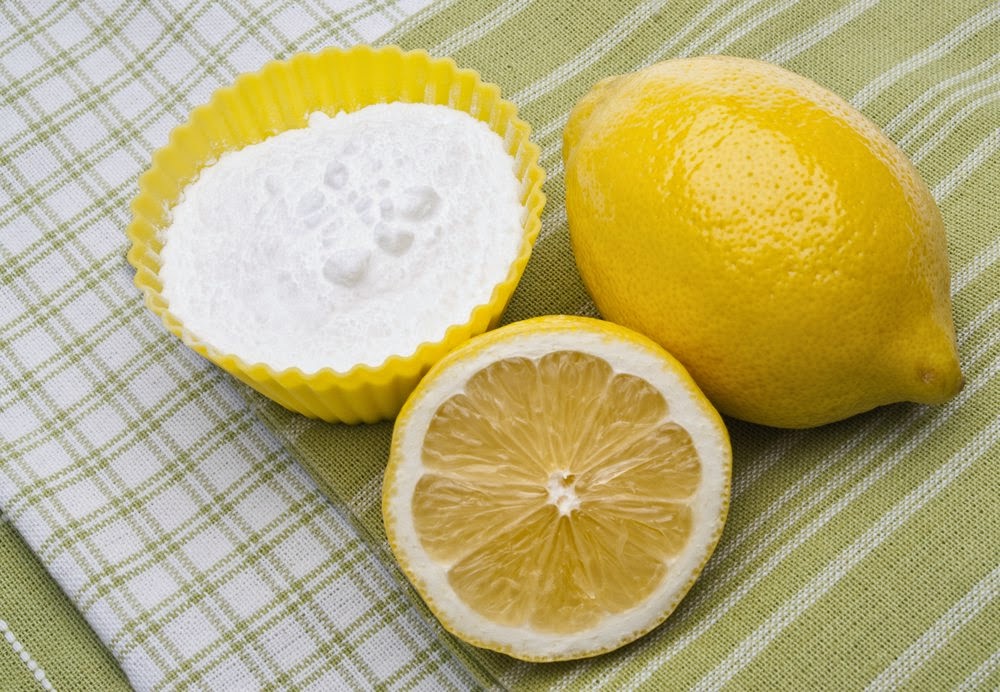
We have already written a partial list of absorbers: water, coffee, coal, silica gel. Of the adsorbents found in almost every home, you can try soda, onions, or lemon. Soda is scattered like coffee, cut onion, and lemon, laying out the pieces in the areas of the painting.
You can also find professional neutralizers on sale; they are often used in refrigerators. Available in the form of sprays, gel flavors, powders, sachets, napkins.
Another option is an ozonizer, and this device is designed specifically to remove harmful volatile compounds (benzene, toluene, formaldehyde) from the air.
7. Ionizer
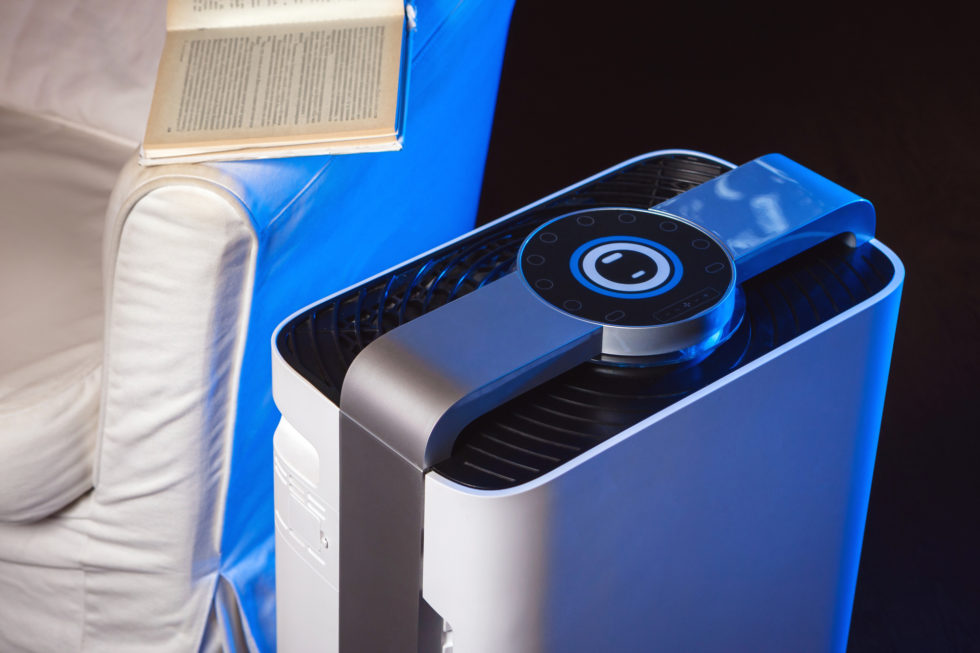
One of the expensive but working tools – an ionizer – will serve for a long time after completing the repair. An increase in the concentration of air ions has a beneficial effect on the body: it improves sleep, speeds up metabolism, and helps to normalize the nervous system. Also, negatively charged ions attract harmful substances: including allergens or solvent molecules. This property will help get rid of unpleasant odors.
Ionizers are sold separately or built into breathers, purifiers, air conditioners.
8. Odor Masking
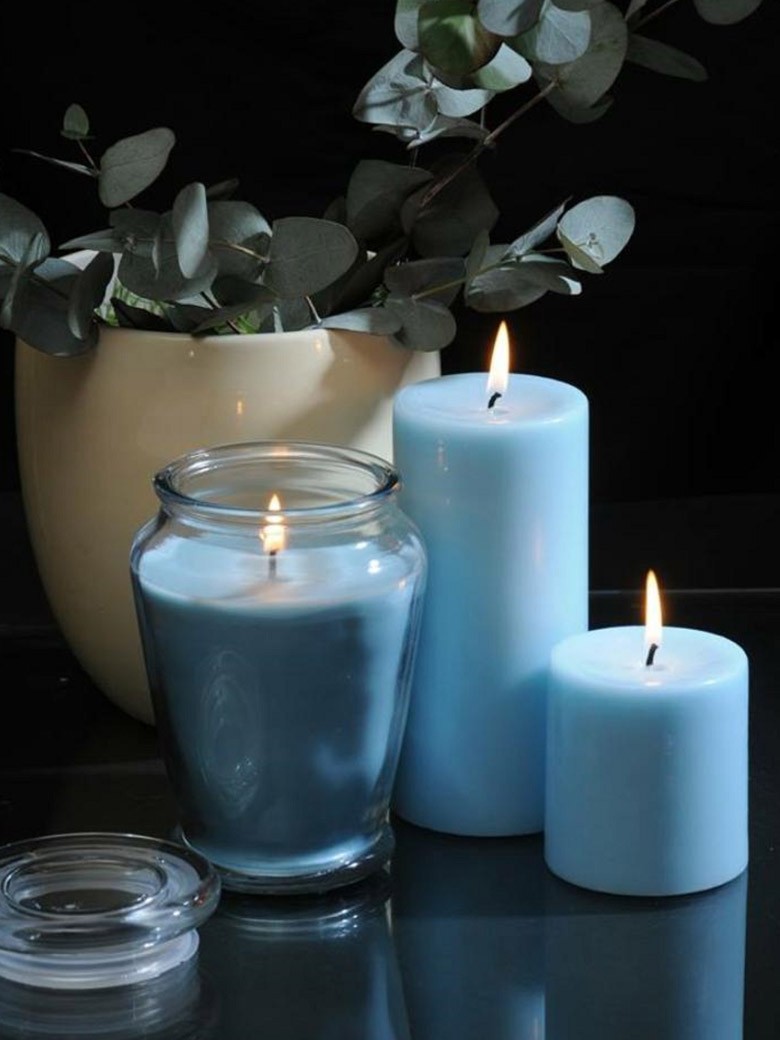
If there is no time to eliminate the consequences of using paint, the smell can not be removed but temporarily interrupted.
Candles
Both simple and aromatic are suitable because the main thing in them is the flame. An open fire burns solvent vapors – therefore, initially, the smell will intensify, but if you open the window, it will quickly disappear.
Essential Oils
To avoid experimenting with a candle flame, use bottles of oil extracts. Choose strong but pleasant aromas: vanilla, citrus, mint. Put a few drops on cotton balls or add to water – this way, the smell of the paint will not only be masked but also absorbed.
Perfume
When the guests are already on the doorstep, and there is no time to burn candles or look for oil, sprinkle your own perfume or a special home perfume in the apartment. But do not overdo it: being in a room with a strong scent, even if it is a good perfume, is uncomfortable.
9. How to Prevent Odors?
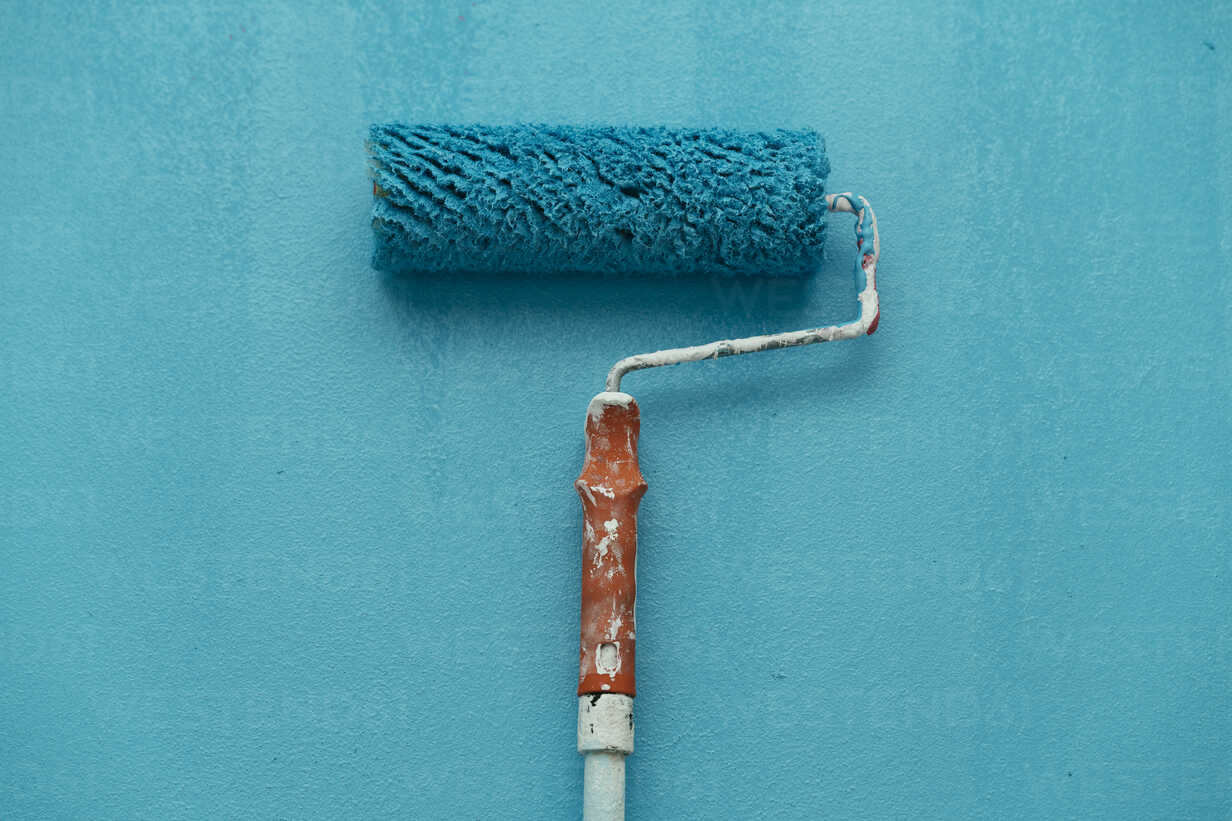
No matter how effective the methods of dealing with odors are, it is always safer to prevent the appearance of an unpleasant odor. For this:
- Choose paintwork materials with a working expiration date and an “odorless” mark. Usually, these are water-based mixtures.
- Work in a well-ventilated area, even if the paint doesn’t smell.
- Do not use thinners or solvents such as white spirit.
- Remove furniture and textiles from the room before starting work. Upholstered furniture can be tightly closed with polyethylene.
